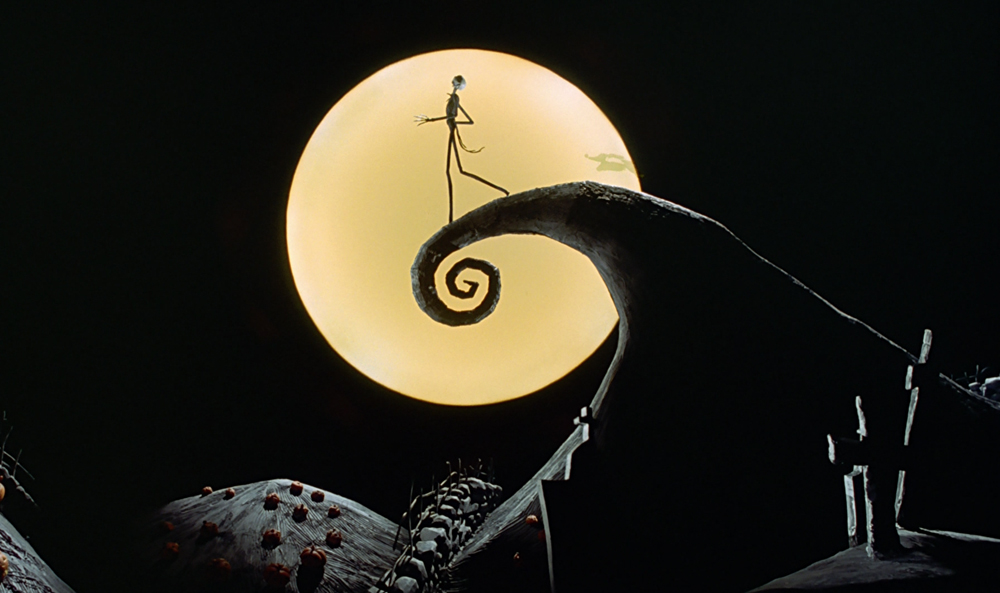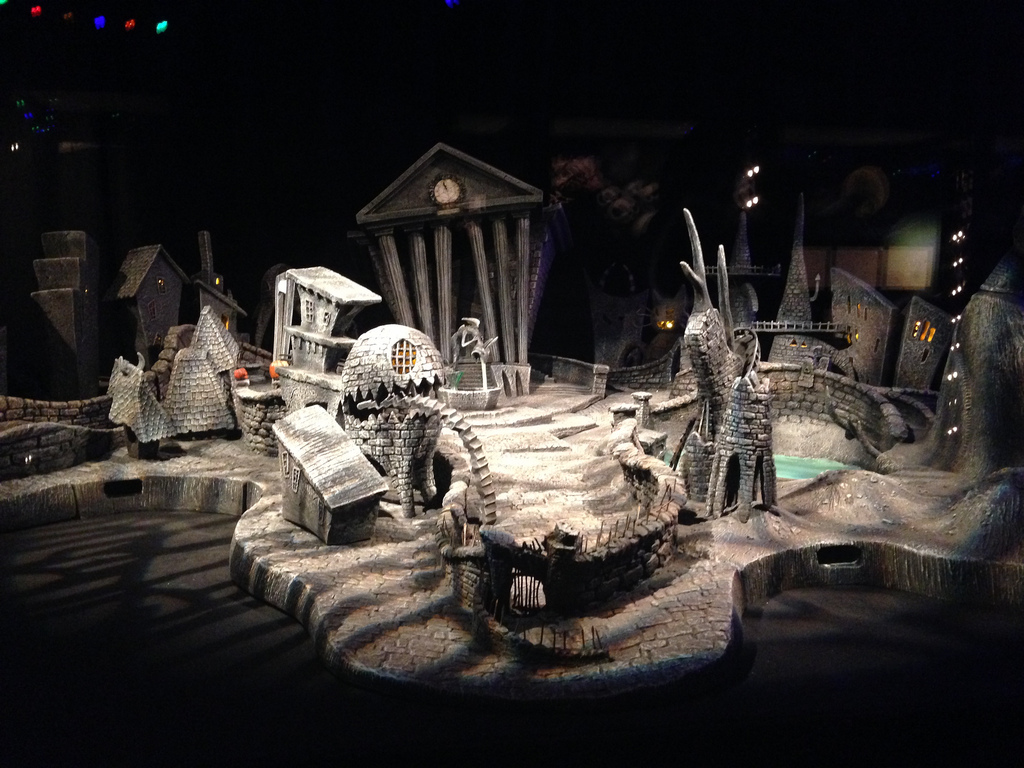One of the most enduring Christmas classics is The Nightmare Before Christmas, the Tim Burton stop-motion animation film that is more suited for Halloween than Christmas. Since it came out in 1993, it has been included in must-see holiday films.
The Nightmare Before Christmas started out as a three-page poem written by Burton in 1982. The same year, the stop-motion animation short film Vincent, also based on a poem by Burton, was released to critical success. Disney produced Vincent, and considered adapting The Nightmare Before Christmas to film.
The Nightmare Before Christmas tells the story of Halloween Town, a community composed of monsters, witches, ghosts, zombies, mummies, and werewolves. One of its well-loved citizens, Jack Skellington, stumbles into Christmas Town and he decides to throw his own Christmas to macabre results. And oh, did we mention it was a musical?
The poem was based on TV specials like Rudolph the Red Nosed Reindeer, How the Grinch Stole Christmas! and the poem A Visit from St. Nicholas. According to Burton, he wanted to touch on a Christmas theme because it gave “you some sort of texture all of a sudden that wasn’t there before.”
Burton planned on adapting the poem to a TV special, voiced by his favorite actor Vincent Price, who also narrated Vincent. He was so convinced that he created storyboards and concept art, and tapped Rick Heinrich to create character models. But because the project was too weird for Disney, he was fired from the studio in 1984.
The tides changed in 1990 when Disney picked up the project again to “to show [the studio’s] capabilities of technical and storytelling achievements that were present in Who Framed Roger Rabbit.” But because Burton was in the middle of shooting Batman Returns and he didn’t want to join “the painstakingly slow process of stop motion,” Henry Selick was tasked to direct. Long-time Burton collaborator Danny Elfman was hired to write the lyrics and composition. According to Elfman, Nightmare was one of his easiest projects as he had a lot of things in common with Skellington.
All in all, 120 workers worked on 227 puppets, with Skellington having around 400 heads to convey different types of emotions. For the set, they created 20 individual stages that were used simultaneously. The set designers looked to art for inspiration: Halloween Town was inspired by German Expressionism while Christmas Town was inspired by Dr. Seuss. Since it was stop-motion, a total of 109,440 frames were taken for the film.
Chris Sarandon was assigned to voice Skellington’s speaking voice, while Elfman sung his songs. Catherine O’Hara portrayed Sally, William Hickey portrayed Doctor Finklestein, Glenn Shaddix played the Mayor of Halloween Town, Ken Page played the Oogie Boogie, and Ed Ivory played Santa Clause. The narration was also done by Ivory.
Despite having Burton’s name attached to the title, he wasn’t all that present during production and filming. According to Selick, Burton came to the set five times in two years, and spent a little more than a week each time. At the time, he was busy directing Batman Returns and doing pre-production work for Ed Wood.
It was also revealed that Burton’s name was added to the title for marketing purposes. Disney was afraid that people would find it “too dark and scary for kids.” It premiered at the New York Film Festival on October 9, 1993, with a wide theatrical release on October 29.
The film premiered to immense critical success. Noted critic Roger Ebert compared its special effects to that of Star Wars, while Rolling Stone said that its “dazzling mix of fun and fright also explodes the notion that animation is kid stuff.” On Rotten Tomatoes, critics reviewed it as a “stunningly original and visually delightful work of stop-motion animation.”
Nightmare was nominated for the Academy Award for Best Visual Effects.
It did well on the box office, too. On its first theatrical run, the film made $50 million on an $18 million budget. The film continued to earn more and earned a total of $75 million.
In 2001, there were talks of a sequel, but Burton didn’t want to, since he “felt the movie had a purity to it and the people that like it.”
Five years later, for its re-release in Disney Digital 3D, a special edition of the soundtrack was created, with contemporary artists singing the songs from the film. Some of the artists tapped were Fall Out Boy, Panic! at the Disco, Marilyn Manson, Fiona Apple, and She Wants Revenge. In 2008, the album Nightmare Revisited was released, with covers by Amy Lee, Korn, Plain White T’s, The All-American Rejects, and more.
It has been 23 years since The Nightmare Before Christmas was released, but it is still a favorite, thanks to its technical prowess, its stories, its songs, and most importantly, its creepiness factor.
Are you a fan of the movie? Share your thoughts below!
Follow When in Manila Koji for more stories like this!






